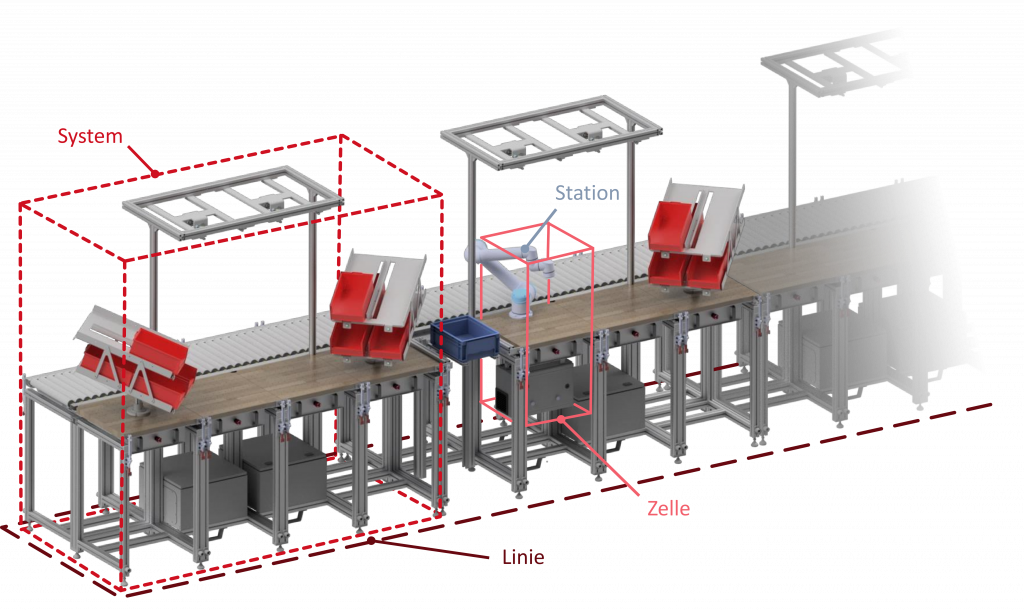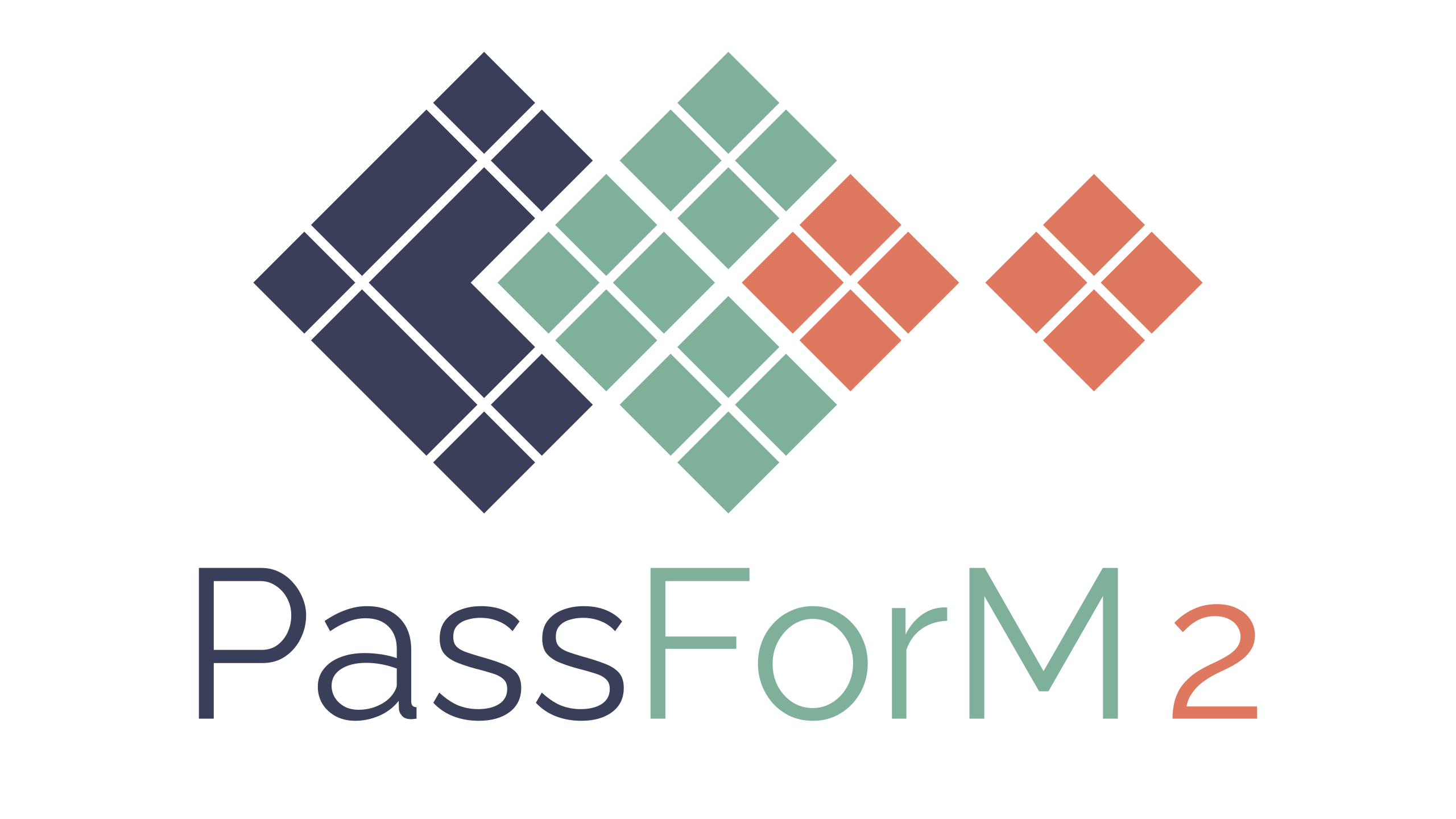To meet market requirements, companies must increase their flexibility and offer high product diversity. In assembly, this requires a large number of special machines, which leads to high investment and space requirements.
In issue 4/2022, we present a concept for a modular, reconfigurable assembly station that can be extended by modules with different capabilities. It is shown how such a system is to be located in the RAMI4.0 model and which requirements have to be met with regard to changeability at different production levels.

The concept presented represents the first step towards a modular and flexible implementation of a reconfigurable assembly system. The system consists of a fixed base unit and individual modules that add functional elements to the station. It combines a product-process-resource model with competency-based and interchangeable modules. To maximize the flexibility of the solution, the system integrates both human and autonomous modules.
Building on this concept, modules with different capabilities – autonomous handling, conveying, material provisioning – are currently being developed and manufactured. The resulting system will be used to test manual and hybrid assembly processes and validate the concept on a laboratory scale. Other important aspects include process-driven planning of the system layout and the creation of a guide for module and system design based on assembly processes. For optimal use of the system’s flexibility, future work should examine the influence of such a system on production planning and control.
